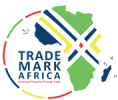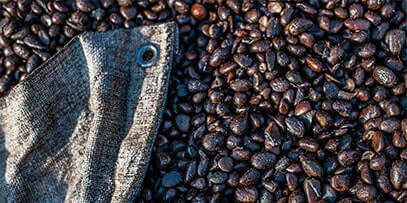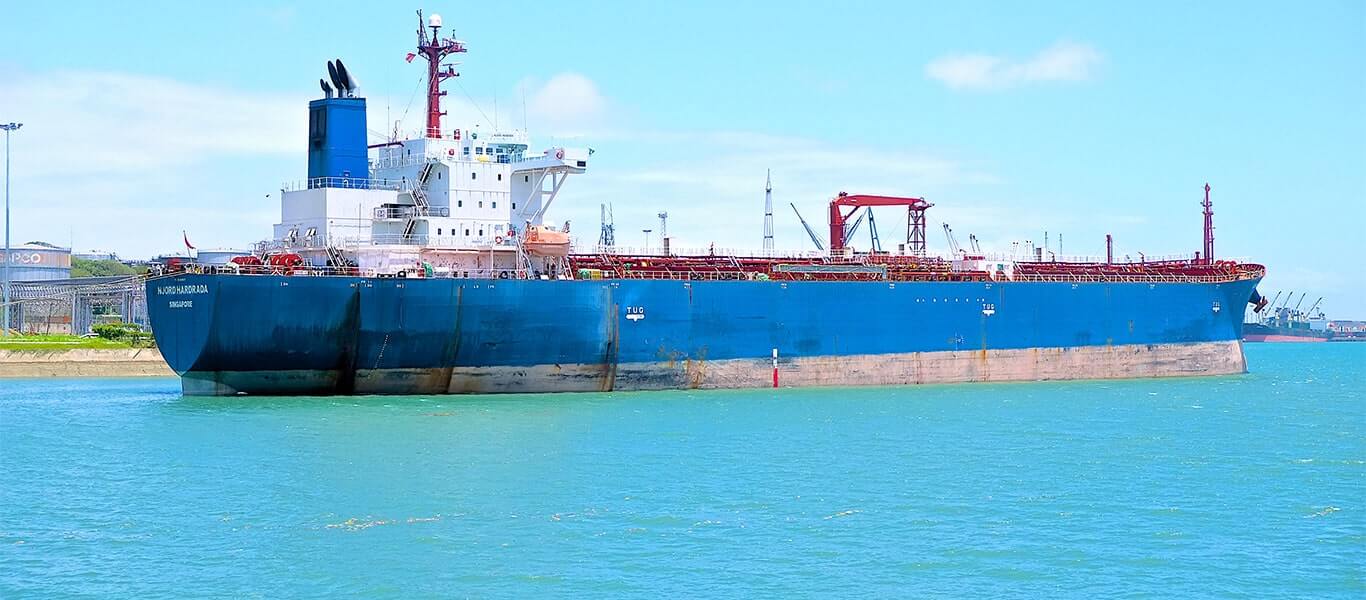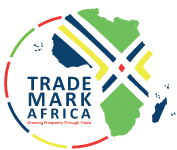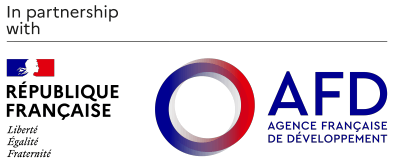Coffee and tea are Rwanda’s largest agricultural exports, but while most tea is grown on large plantations, coffee is produced by thousands of smallholder farmers whose livelihoods depend on their crop. Coffee exports, therefore, can really make a difference to the lives of Rwandan farmers Connecting business to business and boosting Rwanda’s exports “We love Rwandan coffee,” a Rwandan newspaper quoted a Starbucks vice-president as saying when he visited the country in May 2015. The executive and his team, apparently there to negotiate an increased order, had just paid a courtesy call to President Paul Kagame - a hint perhaps of the importance of coffee exports to the Rwandan economy. Coffee and tea are Rwanda’s largest agricultural exports, but while most tea is grown on large plantations, coffee is produced by thousands of smallholder farmers whose livelihoods depend on their crop. Coffee exports, therefore, can really make a difference to the lives of Rwandan farmers. According to Rwanda’s National Agriculture and Export Development Board (NAEB), in 2014 Rwanda’s green (unroasted) coffee exports were worth almost US$60 million, up on the previous year and buoyed by good global prices. Buyers generally prefer green coffee, allowing them to roast and blend to their own specifications. However, while a container of green beans is sold for about US$8,000, a container of roasted, ground and packaged coffee is worth 12 times that amount. No wonder then, that the coffee sector, in its export strategy, has prioritised value addition activities, such as roasting and packaging...
Connecting business to business and boosting Rwanda’s exports
Posted on: May 23, 2016
Posted on: May 23, 2016
